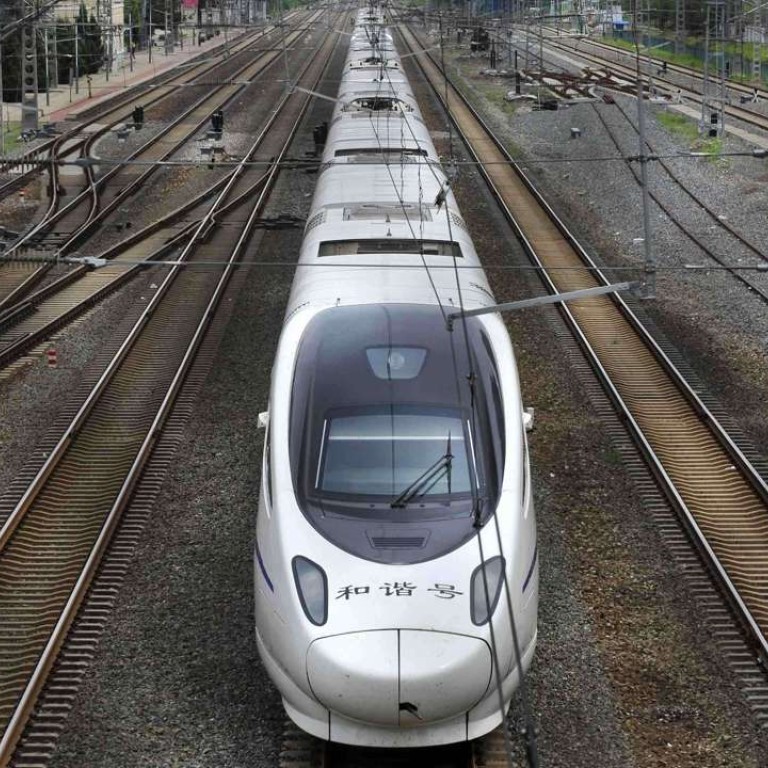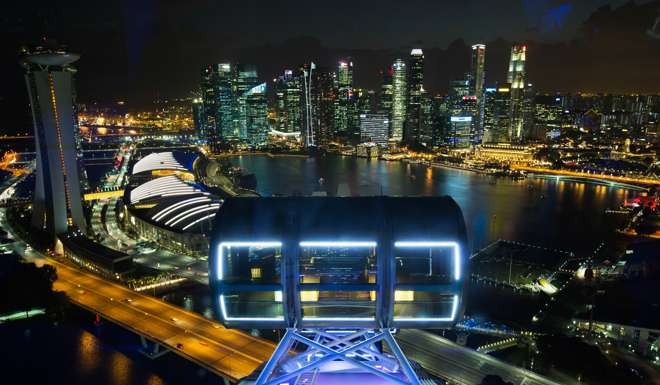
China has inside track on high-speed rail link as Malaysia, Singapore ink deal
A proposed high-speed rail linking Singapore and Kuala Lumpur has sparked interest among major Chinese, Japanese, and South Korean rail firms
Malaysia has signed a final accord with Singapore to build a high-speed railway line linking its biggest city Kuala Lumpur with the city state country by 2026, with an international tender set to take place by the end of next year.
The massive infrastructure project, unofficially estimated to be worth $10-18 billion, has attracted significant international attention, with competition for the contract heating up among favourites China and Japan.
Prime Minister Najib Razak and his Singaporean counterpart Lee Hsieng Loong witnessed the signing Tuesday of the bilateral agreement at his office in Putrajaya, the federal administrative capital, three years after both leaders first mooted the project billed as a “game changer”.
Operations for what could be Southeast Asia’s first high-speed railway project linking Malaysia and Singapore will commence by December 2026, according to their prime ministers.
“It will transform the way we interact, socialise, do business...and give both sides a big stake in keeping the relationship stable and warm,” Lee said at a joint press conference, referring to the project as “a significant milestone in our relationship.”

The rail line will run around 350 km along the west coast of the Malay Peninsula, from Kuala Lumpur to Singapore, with journeys estimated to take about 90 minutes. There will be six proposed transit stations in between.
The agreement formalises the technical, safety and security requirements, the commercial, financing, procurement and regulatory frameworks as well as the customs, immigration and quarantine arrangements for the railway project.
It builds on a memorandum of understanding that both countries signed in July. The project was announced in 2013.
With the pact now sealed, both governments are expected to jointly appoint a “joint development partner” early next year to provide advice on operational, technical and procurement matters.
Najib said that by the fourth quarter of next year, they will call for an international bidding for an “asset company” to design, build, finance and maintain rolling stocks and rail assets such as track works, power, signalling and telecommunications.

The train will run at top speed of over 300 kph, with custom and immigration clearance only at one point of departure.
“Ten years is a relatively short period of time which means that we have to work very closely together,” Najib said.
Among the rivals for the proposed high-speed railway link, China appears to be leading the race.
Its state-owned China Railway Group Ltd. and local partner Iskandar Waterfront Holdings have acquired a 60 per cent stake in Bandar Malaysia, a new 486-acre commercial and residential development in the city-center where the proposed high-speed rail terminal will be located on the Malaysia end.
Three months later, the same Chinese company announced plans to invest $2 billion for a regional centre in Bandar Malaysia.
Besides Japan and China, firms from South Korea, Europe and elsewhere have expressed interest in the project.

